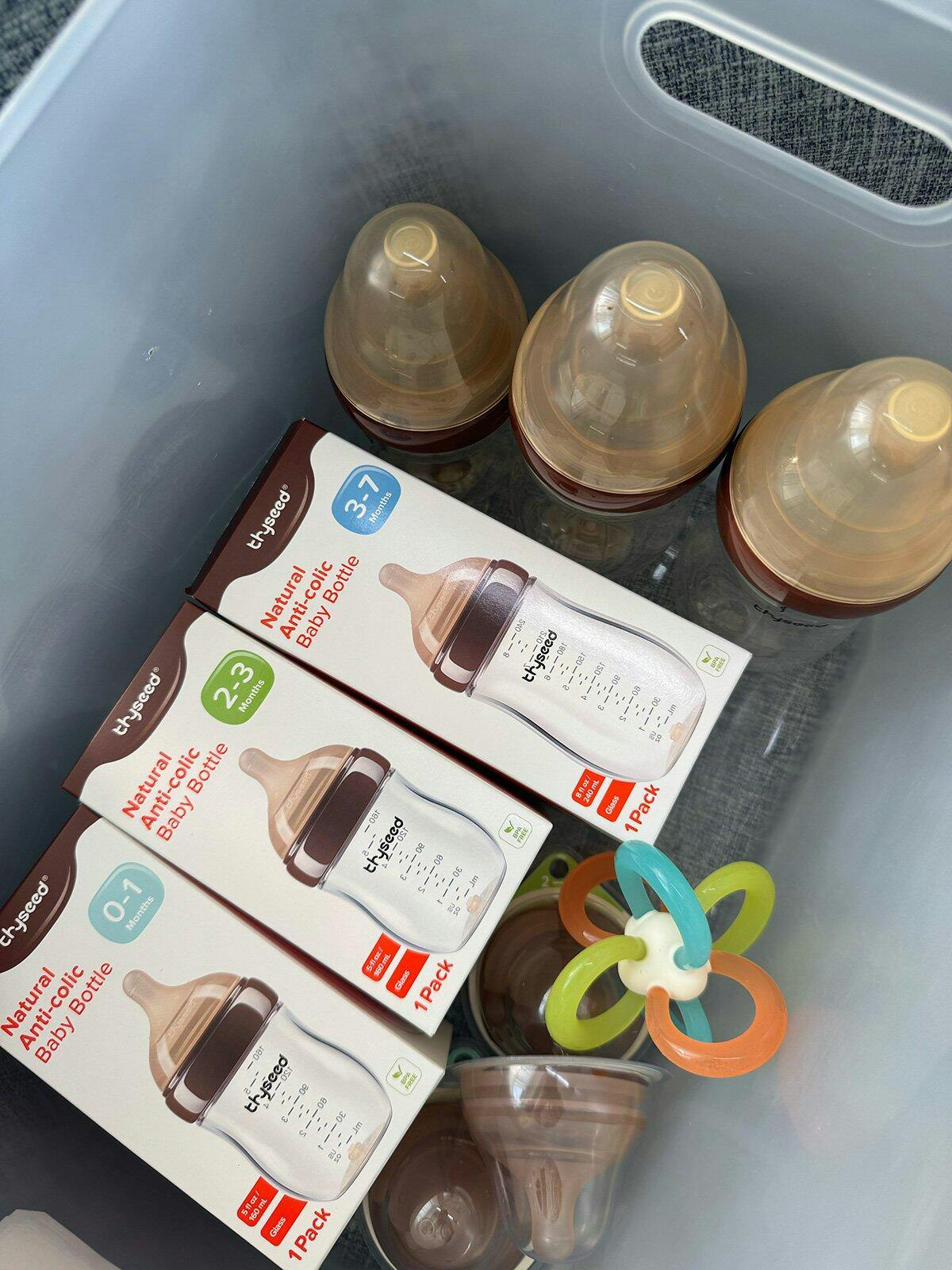Unlocking the Secrets to Choosing the Perfect Feeding Bottles for Your Newborn!
Choosing the right feeding bottle for your newborn is crucial, not just for their nutritional needs but also for fostering a strong bond during feeding times. A well-selected bottle can make a significant difference in your baby's comfort and overall feeding experience. As a new parent, you may feel overwhelmed by the myriad of options available, but understanding the essential factors can simplify your decision. Considerations such as bottle size, nipple flow rate, and materials used are vital in ensuring that your newborn has a positive feeding experience. This article will guide you through the intricate details of selecting the best feeding bottles for newborn, highlighting the features to look for, types available, and best practices based on the needs of your newborn.

Understanding the Needs of Newborns
Newborns have specific feeding needs that significantly influence the selection of feeding bottles. Typically, a newborn will feed every two to three hours, making it essential to choose a bottle that can accommodate frequent feedings. The size of the bottle plays a critical role; smaller bottles are usually adequate for newborns, as they tend to consume only a few ounces at a time. Additionally, the flow rate of the nipple is crucial. Newborns require slow-flow nipples that allow them to suck and swallow comfortably without choking or gagging. This understanding of a newborn's feeding patterns and preferences can guide you in selecting a bottle that aligns with their developmental needs, ensuring a smoother feeding journey.
Key Features to Look For
When it comes to feeding bottles, several key features should be prioritized to ensure your newborn's comfort and safety. First, consider the material of the bottle: glass is durable and easier to clean, while plastic is lightweight and less prone to breaking. However, if you opt for plastic, ensure it’s BPA-free to avoid harmful chemicals. The shape of the bottle is also significant; ergonomic designs can make it easier for you to hold while feeding. Ease of cleaning is another essential factor; bottles with fewer parts or wide openings can be cleaned more uniformly. Lastly, anti-colic designs are worth considering as they help reduce the intake of air during feeding, minimizing gas and discomfort for your little one. Each of these features contributes to a better feeding experience and the overall well-being of your newborn.
Types of Feeding Bottles
The market offers a variety of feeding bottles, each with distinct advantages and disadvantages. Standard bottles typically feature a narrow neck and are quite common, making them simple to use and clean. Wide-neck bottles, on the other hand, allow for easy filling and cleaning but may not fit in all bottle warmers. Disposable bottles are convenient for travel or outings, as they eliminate the need for cleaning, but they can be less eco-friendly. Each type has its pros and cons, so consider your lifestyle, how often you’ll be on the go, and your preferences for cleaning and storage. By weighing these factors, you can select a bottle type that seamlessly fits into your daily routine and meets your newborn's needs.
Choosing the Right Nipple
The nipple is arguably one of the most critical components of the feeding bottle. An appropriate nipple can greatly enhance the feeding experience for your newborn. Nipple material options include silicone and latex, with silicone being more durable and easier to clean, while latex is softer but may wear down faster. The shape of the nipple also matters; some are designed to mimic the breast, which can help ease the transition between breast and bottle. Size and flow rate are other critical factors; newborns typically do best with slow flow nipples that allow them to suck comfortably without overwhelming them. Experimenting with different nipple types can help you find the perfect match for your baby, ensuring a happy and successful feeding experience.
Recommendations and Best Practices
When adopting any feeding practices, always pay attention to your baby’s responses. It is crucial to ensure safe nutrition, especially during the early weeks. Do check differences in size and nipple type; using the right nipple can prevent confusion during transitioning between breast and bottle. Regularly sterilizing feeding equipment helps prevent infections and keeps feeding smooth, particularly for newborns. Gradually introducing different types of bottles may be beneficial, making the process less uncomfortable for someone new to feeding.
Final Thoughts on Selecting the Ideal Feeding Bottle
In summary, selecting the right feeding bottle for your newborn is a pivotal aspect of their feeding experience. By understanding their unique needs and considering essential features, types, and best practices, you can make an informed decision that fosters both comfort and bonding. Remember, it’s all about finding the right fit for your baby, so don’t hesitate to explore different options and pay attention to their preferences. The right feeding bottle can not only meet your newborn's nutritional needs but also create cherished moments during feeding times.








